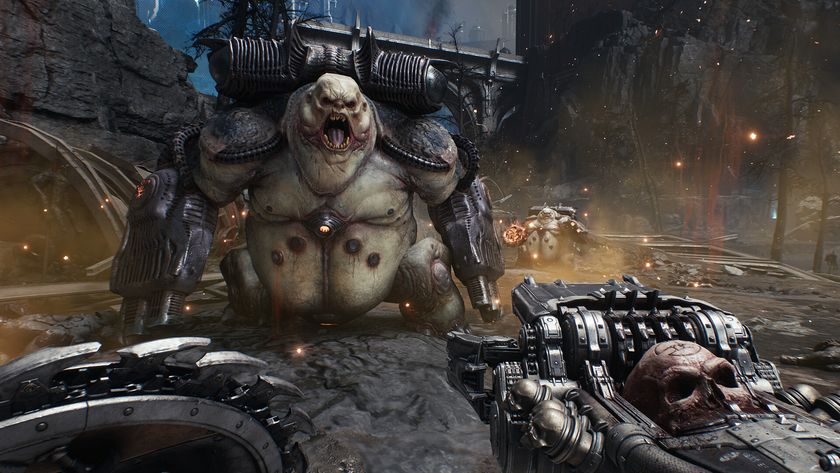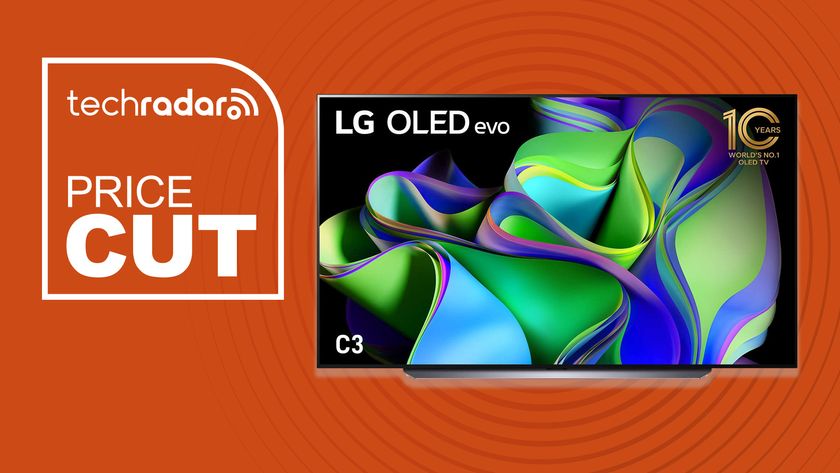The tech tricks behind the world's greatest racing games
The art of digitising tracks
Many studios prefer to develop their own in-house, proprietary middleware to help them create tracks. One such team is Gateshead-based Ferrari Challenge and SuperCar Challenge developers, Eutechnyx. It uses its own in-house 3D package named Mapper 2 to create its racing tracks. Lead Designer Gareth Wright explains.
"Within Mapper 2 our artists can use a spline-based track generation tool called Track-Gen to draw a basic circuit shape and create a template very quickly. This feature eliminates the need to 'hand-map' the initial track template and saves a lot of time."
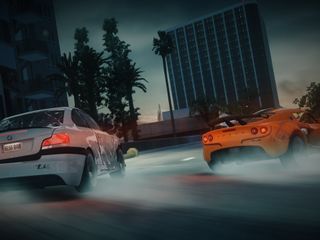
REALITY MASH-UP: Bizarre Creations' Blur mashes up a number of real-world locations
Eutechnyx's Mapper 2 software is constantly evolving and provides the developer's art team with a lot more freedom to quickly create the initial layout of a new track. It also contains time-saving features such as auto generation of walls and barriers, lane creation, and auto base texturing, which, Wright notes, "allows the base template of even the most complex circuit to be completed accurately in around a week."
The key benefit here is that the game's designers and car artists can access the track very early on in the production process, getting their early car models driving around it to test out vehicle handling, as well as setting up AI paths and developing basic environment effects.
The tracks are then developed using data based on track plans, architectural blueprints, satellite imagery and thousands of ground-level and 3D photographs taken by the track team – all of which helps to create the detail and accuracy of a track (camber, height data, corner angles, road width, undulations in the road surface and so on) from the initial template.
The difference a decade makes
Get daily insight, inspiration and deals in your inbox
Sign up for breaking news, reviews, opinion, top tech deals, and more.
"After all the various objects have been built, textured and placed accurately, the track is lit, shadows are burnt in and any post-processing effects are implemented," says Wright. "Layers of tools are in place allowing the level designs to alter the mood of the track with lighting, temperature, and atmospheric effects."
Memory is also saved by using the lower LODs (Levels Of Detail) for sections of the track that are out of view or in the distance. As the player approaches such areas, higher LOD's are smoothly drawn in around them, giving the gamer the illusion of being surrounded by the highest level of detail all the time. Overall, it will take a team of four to six artists anything up to eight weeks to fully complete a track.
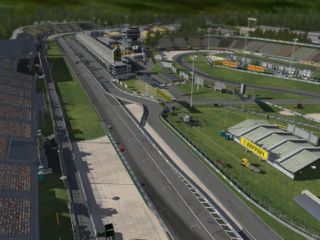
BIRD'S EYE: Hockenheim, as seen from the air in SuperCar Challenge
"Ten years ago there was not a lot of difference in the time taken - tracks used to take much longer to create but on the flipside did not need to - and due to constraints - were incapable of being anywhere near as impressive as they are today," notes the Eutechnyx man. "Trees were sprites, walls re-used the same repetitive texture, and blocks of crowds were a single cut-out shape with no animation."
Digital photos, laser scans and fan feedback
The biggest tech breakthrough in the last ten years in track digitisation has been the advent of affordable digital photography. "In the past we'd have to send films away to develop and await their return with fingers crossed, hoping we'd have all the reference we desired," Wright recalls.
"Nowadays this initial part of track recreation is much easier, with the ability to capture thousands of images, knowing that you have exactly what you need, and upload them immediately to our 3D guys in the UK and China."
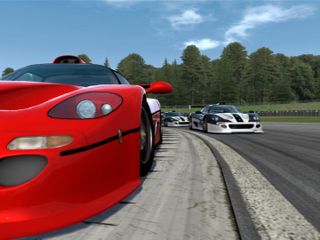
SUPERCAR CHALLENGE: Eutechynx uses its own in-house track creation tools
The latest tech that racing game studios are now exploring is laser scanning. "We're yet to conduct our first circuit scan," says Capcom's Harvey Parker, "but the 'stars are in alignment' and this should be happening soon. For me, this is as exciting and progressive as digital photography was back in the day. From these scans, we are looking to obtain cloud data accurate to 3mm…it just doesn't get better than that!"
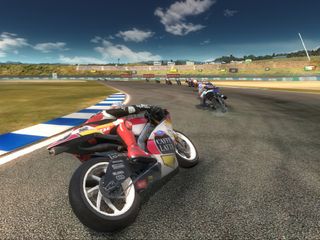
LASER SCANNING: The next big tech development in track creation
Eutechnyx also makes use of the feedback from its very dedicated and vocal following of players who discuss all aspects of their favourite tracks in our own racing games and others. "This information – such as what players like and don't like, how players of varied skills like to race, and the tracks and conditions they prefer is invaluable to us," says Wright.
Additionally, the team uses the guys in the forums to beta test new tracks alongside the in-house QA team. "Players on the forums relish the opportunity to race the new tracks and in turn help us see areas of a circuit where players may be able to cut corners, or sections that newcomers find too difficult."
Fun, frolics and developer jollies
While it is clear that effective track digitisation involves thousands of hours of hardcore attention-to-detail design work, there is still some fun to be had along the way and plenty of battle stories to tell the mates back home in the pub.
"We were held up by gun toting police on our way to the Nelson Piquet circuit in Rio…our hire car full of equipment and the only English the 'law' appeared to know was the word 'money'", recalls Capcom's Harvey Parker.
"I also asked Rossi if he would swap bikes with me in Motegi Japan. I was astride a rather fetching mini fold up Japanese push bike at the time. Suffice to say I got my bike signed, but Rossi continued the season on the back of his Yamaha."
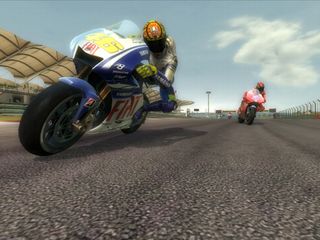
SWAP YOU: Want to swap your superbike for my pushbike?
Most motorsports developers, unsurprisingly, share a passion for cars and bikes and racing games.
"We like to think of ourselves as an extension of the sport," is how the Capcom man describes it. Rather coolly, Capcom has been able to create a number of tracks that are yet to be built in the real world - even being able to alert the construction workers to possible glitches in the track design before they are even built.
Taking those thousands of reference photos while out on location can also draw attention from passers-by, recalls Chris Downey, Lead Environment Artist at Bizarre Creations.
"We often get strange looks as we are photographing a streetlamp or trash can," says the Blur artist. "But the funniest thing ever to happen was during a trip to LA to gather research for the game's locations. On this particular occasion we were photographing various sections of the LA River and we received a little more attention than we could have possibly imagined."
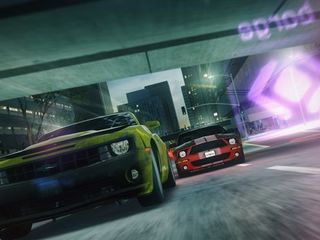
BIZARRE BLUR: The Project Gotham Racing devs ran into a spot of bother in L.A.
"While we were on a bridge taking pictures of the river below, we were unaware that next to the bridge there was a police HQ from which helicopters were taking off and landing. After a while, we noticed that one of the helicopters had been circling above us for quite some time at first from a distance but as time went on it circled closer and closer. By the time we had realised that it was us they were focusing on, three police cars came screeching up to us with their sirens blazing.
"We were then kept at the road side for around two hours while we waited for a big scary detective they had called to the scene. When he arrived we were all questioned individually. Luckily the police were eventually persuaded that we were just some people wanting to make a videogame rather than terrorists, but for some time we were worried about how it was going to unfold!"


